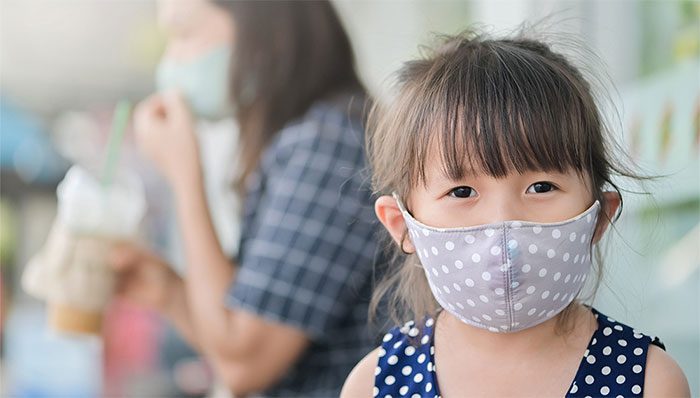The polluted dust particles that children inhale can penetrate the bloodstream, causing damage to the mucous membranes and making blood vessels stiffer. The heart will need to pump blood faster, increasing the risk of hypertension as they reach adulthood.
British scientists have analyzed 8 studies based on data from 15,000 children aged 10 to 19 years across various countries regarding exposure to polluted air containing ultra-fine PM2.5 dust particles found in vehicle emissions and PM10 particles released from tire wear on the roads, assessing the potential harm.

Hypertension is a condition typically seen in adults, but in recent years, the number of children diagnosed with hypertension has been increasing. (Photo: vitalrecord)
The results indicate that if children are exposed to high levels of PM2.5 and PM10 over extended periods, they may have an increased risk of developing hypertension as adults.
Specifically, due to their very small size, these fine dust particles can directly enter the lungs and bloodstream. The accumulation of fine dust in the blood and lungs can damage the mucous membranes and harden blood vessels. Consequently, the heart must work harder to pump blood faster, which increases the risk of hypertension in adulthood and raises the likelihood of heart attacks and strokes.
Scientists recommend that parents guide their children to walk home from school along quieter roads with less traffic and lower pollution levels. Schools should also plant more trees to help mitigate air pollution.
Previously, many scientific studies have demonstrated the effects of fine dust on children’s health, but there has not been a consensus in the scientific community, and most of the research was based in China, where air pollution is severe.
However, this new scientific assessment is based on 8 studies, including 5 studies conducted in Germany, the Netherlands, Denmark, and the UK.
Approximately 3,700 children aged 12 who were exposed to high levels of PM2.5 and PM10 for one year or more exhibited significantly higher diastolic and systolic blood pressure.
This issue is exacerbated in overweight and obese children. Although they are exposed to the same levels of air pollution, fine dust from vehicle emissions and tire wear, these children have nearly double the blood pressure compared to those with normal weight.
Hypertension is a condition that typically occurs in adults, but in recent years, the number of children diagnosed with hypertension has been increasing. This can be explained partly by dietary habits and sedentary lifestyles, and partly due to environmental influences, such as air pollution or living with smokers.
Moreover, children are more susceptible to pollution and blood pressure changes because their bodies are still developing.
Not only does this increase the risk of hypertension and strokes, but many studies also conclude that polluted air containing high levels of fine dust can lead to a greater risk of various respiratory diseases, reduced lifespan, developmental delays, poor memory, and an increased risk of autism.

















































